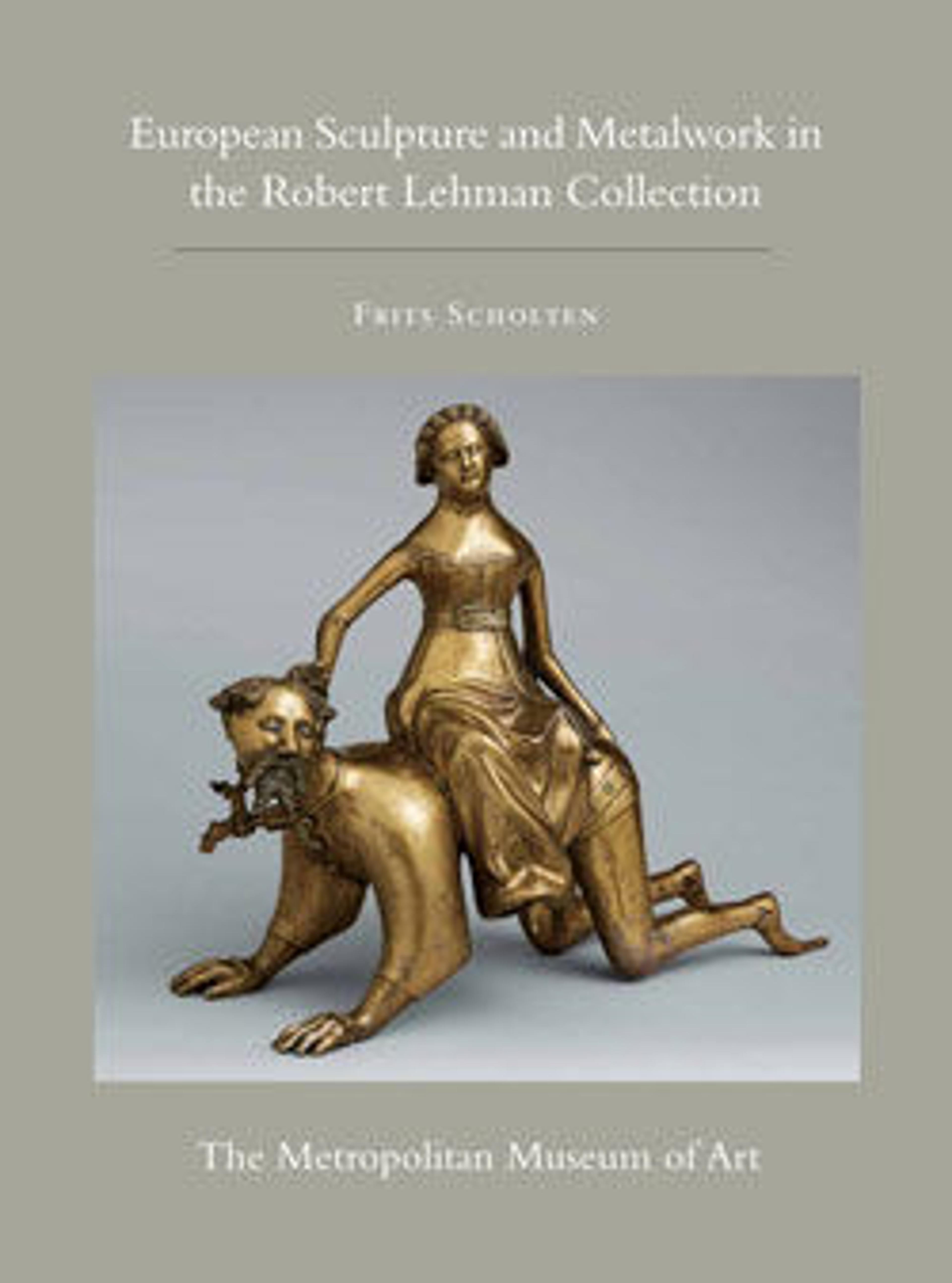Warrior on Horseback
During the Renaissance, monumental bronze equestrian statues from Roman antiquity were highly admired for their technical virtuosity and as celebrations of triumphant ancient heroes. Several equestrian statues were created in emulation of Roman prototypes to honor contemporary rulers and military leaders. The small-scale warrior on horseback was a popular variation on the colossal equestrian statue.
Although the rider is now bolted to the horse, this horse and rider may not have been designed with this pairing in mind, as the rider appears rather small in comparison to the horse. A hole through the right hand of the rider suggests that he may once have held a whip.
Although the rider is now bolted to the horse, this horse and rider may not have been designed with this pairing in mind, as the rider appears rather small in comparison to the horse. A hole through the right hand of the rider suggests that he may once have held a whip.
Artwork Details
- Title: Warrior on Horseback
- Artist: Attributed to Desiderio da Firenze (Italian, born Florence, active Padua, 1532–45)
- Date: ca. 1540
- Medium: Ternary alloy of copper, zinc and tin, with small traces of
lead, iron, nickel, silver, and antimony (both horse and rider);
Black lacquer patina under a chocolate brown patina (on
both horse and rider); the eyes of the horse are inlaid with
silver. - Dimensions: H. 25.8 cm (excluding the modern, green marble base).
- Classification: Metalwork-Bronze
- Credit Line: Robert Lehman Collection, 1975
- Object Number: 1975.1.1391
- Curatorial Department: The Robert Lehman Collection
More Artwork
Research Resources
The Met provides unparalleled resources for research and welcomes an international community of students and scholars. The Met's Open Access API is where creators and researchers can connect to the The Met collection. Open Access data and public domain images are available for unrestricted commercial and noncommercial use without permission or fee.
To request images under copyright and other restrictions, please use this Image Request form.
Feedback
We continue to research and examine historical and cultural context for objects in The Met collection. If you have comments or questions about this object record, please contact us using the form below. The Museum looks forward to receiving your comments.
